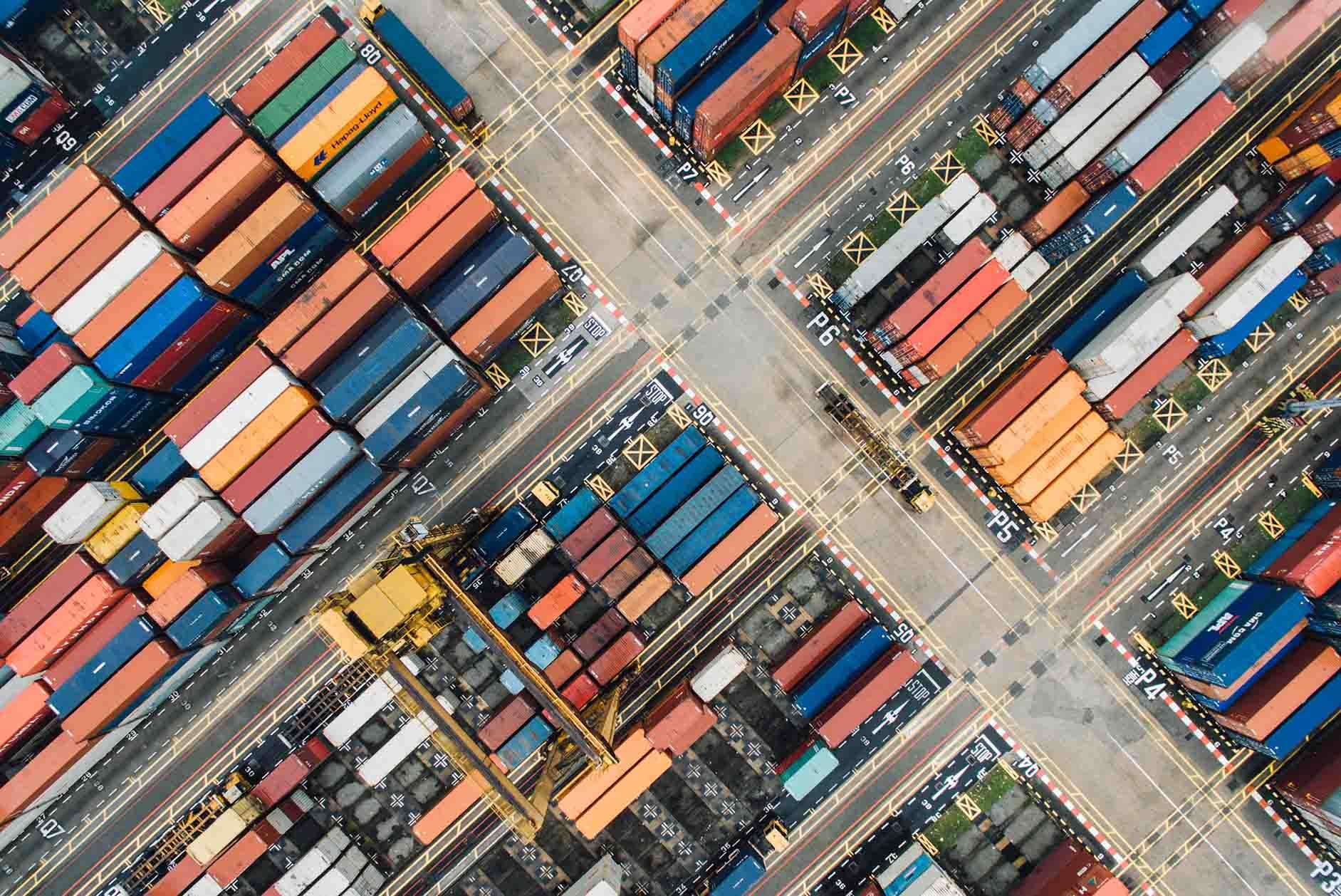BLOG
Telecom26 blog
Smart shipping containers and maritime connectivity

According to the report:
- Only 661 containers were lost at sea in 2022 out of 250 milliontransported (empty and full) which is the lowest losses in % (0.00026%) since 2008 and far below the average of 2,301 containers lost between 2020 and 2022.
- Only two carriers were reported as having lost containers in excess of 100 units throughout 2022, while the majority of WSC member carriers reported minimal or no container losses for the entire year.
Shipping and Freight Resource writes that this “decline is attributed to the efforts of the liner shipping industry, in collaboration with governments and stakeholders” and that preventive measures are often in place now including improving container and lashing gear strength, stowage planning and optimisation - and recording the correct weight of a container.
A system for mandatory reporting of containers lost at sea is also being advocated by the WSC which would pave the way for mandatory reporting about lost containers from 2026.
The transition to smart containers is underway. This report gives a good definition of Smart Containers that are “equipped with IoT, GPS tracking, and sensors that are used for logistics & freight. These containers are developed to regulate internal temperature, enhance the security of goods stored in containers, and keep a track of real-time location via GPS” with “additional sensors connected to them for keeping regular track of real time information. The data collected through these sensors may result in optimizing the supply chain”.
As part of the move to smart containers, Telecom26’s maritime connectivity experts also recommend installing a Telecom26 IoT SIM card within each container that could connect to our global and maritime connectivity network. This would enable the location of any lost container to be easily tracked – and much more.
Telecom26, smart containers and maritime connectivity
Telecom26 provides maritime connectivity solutions to ports and shipping companies around the world to improve the communications which help monitor and track containers as they make their way around the world – on-water, in-port and in-land.
The latter is of increasing importance as new ports are built inland which is something we discussed in this blog Inland ports and rivers – shipping companies need connectivity on-land as well as maritime connectivity. Put simply, land near to ports is “pricey, scarce, and/or stuck in a web of congested roadways” and so “Inland ports can improve the movement of imports and exports, shifting time-consuming sorting and handling farther inland, away from congested seaports”.
In an earlier blog Global shipping, smart containers and Telecom26’s maritime connectivity service, our maritime connectivity team also discussed how and why global supply chains have returned to normal following disruptions caused by COVID and the grounding of the Ever Given in the Suez Canal. Meanwhile, the costs of shipping containers have now fallen back to pre-COVID levels which is good news for consumers.
The continued rollout of smart containers will be key to improving the processes within the global supply chain. And for smart containers to be effective, fast and always-on maritime connectivity which enables information sharing in real-time is necessary.
Maritime Connectivity, Smart Containers, IoT and Telecom26
Our team of maritime connectivity experts are already working with global shipping carriers which want to manage the entire shipment and delivery process of goods through connectivity, cloud computing traceability, monitoring, smart sensors - and smart containers.
Key to this digital transformation is on-board IoT which allows the information about the container and its contents which has been gathered by sensors to be transmitted to both the crew - and remotely to the shipping line and owners of the container’s contents.
And for IoT in shipping to be effective, fast and always-on maritime connectivity which enables information sharing in real-time is necessary.
Satellite has traditionally been the connectivity tool of choice for the shipping industry.
However, these days most maritime cellular communication networks can provide coverage up to 40km/25 miles out to sea (without a guaranteed QoS). As most vessels tend to spend their time in-port or hugging the coast, cellular can almost always be used for both voice and data maritime connectivity.
However, the major problem with the cellular at sea approach for maritime connectivity is that multiple SIMs have been required to ensure coverage throughout the cruise. As the ship crosses borders, so the network operators will change.
However, the major problem with the conventional approach to maritime connectivity is that SIMs from traditional MNOs cannot guarantee connectivity to any available network – they will default to the preferred set of roaming partners of the MNO. In remote regions, the primary partner may not offer coverage, so connectivity may be lost.
That’s not the case with our SIMs. With the specific goal of improving maritime connectivity, Telecom26 has a multi-pronged approach:
- The widest set of roaming and connectivity partners
With more than 1100 network connectivity options available, we offer truly global coverage and our steering means that SIMs are connected to whichever network offers the best connectivity.
- Multi-IMSI global SIM cards which enable Global Roaming.
We also support Multi-IMSIs, which enable one SIM to access multiple networks both in-country and across borders thus removing the need to worry about the coverage of a single MNO, or the gaps in roaming alliances. Multiple-IMSI profiles are pre-loaded onto every SIM allowing for simple reconfiguration if the primary network has poor or no service.
Our Multi-IMSI global SIMs can automatically select the best performing network in the area, cross-border, while providing users with the freedom to change SIM profiles and services with ease.
When a vessel is travelling along the coast or anchored at port, the SIMs would use the best available cellular network and switch to satellite only when absolutely necessary.
- A multi-SIM router hosting SIMs with multi-IMSI feature, enables ship-wide Wi-Fi on which crew can use their personal and business devices. No more bill shock for any of them when they return home.
The Telecom26 maritime connectivity offering can combine both a full mobile private network at sea as well as a nearshore offering in order to provide contiguous mobile coverage at the lowest cost available.
Would you like to learn more?
To learn more about Telecom26’s suite of IoT maritime connectivity services please get in touch.



